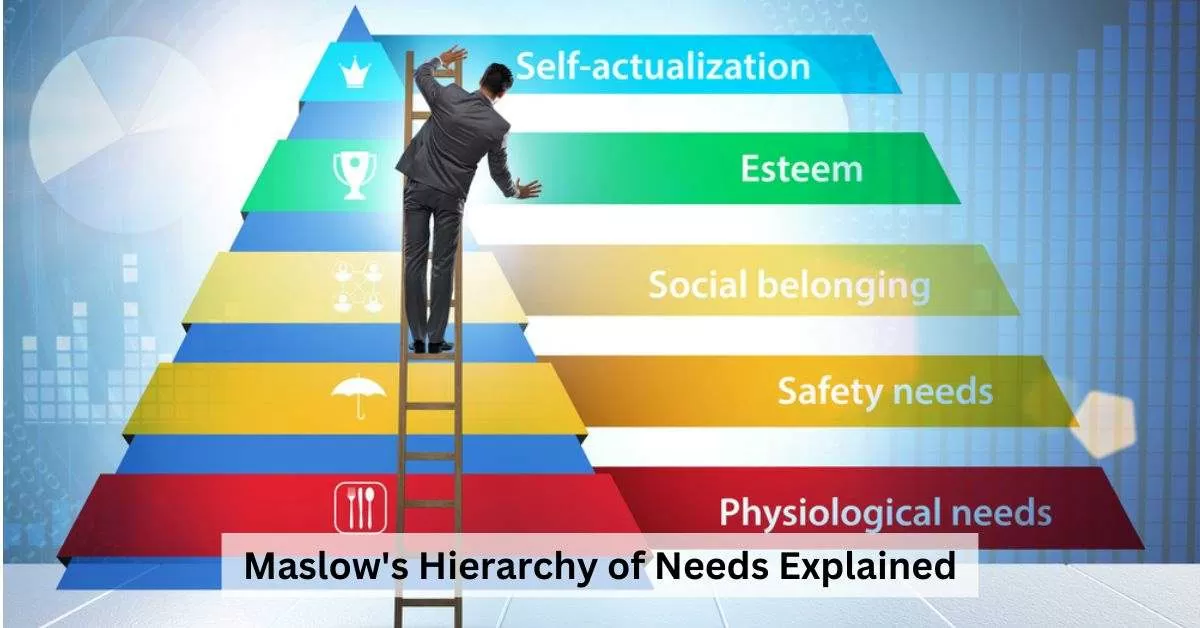Maslow's hierarchy of needs is a theory of motivation proposed by American psychologist Abraham Maslow in his 1943 paper "A Theory of Human Motivation" in the journal Psychological Review. Maslow subsequently extended the idea to include his observations of humans' innate curiosity.
The theory is often depicted as a pyramid with the most basic needs at the bottom and the most complex needs at the top. The five levels of the hierarchy are:
- Physiological needs: These are the most basic needs, such as food, water, shelter, sleep, and clothing.
- Safety needs: Once physiological needs are met, people turn to safety needs, such as security, stability, and protection from harm.
- Love and belonging needs: Once safety needs are met, people turn to love and belonging needs, such as intimacy, friendship, and acceptance.
- Esteem needs: Once love and belonging needs are met, people turn to esteem needs, such as achievement, respect, and self-worth.
- Self-actualisation needs: At the top of the pyramid are self-actualization needs, which are the desire to reach one's full potential and live a meaningful life.
Maslow believed that people are motivated to fulfil their needs in a hierarchical order, starting with the most basic needs and working their way up. He also believed that people cannot move to the next level of the hierarchy until their needs at the current level are met. This is because lower-level needs are essential for survival and well-being.
Maslow's hierarchy of needs is a widely used theory in psychology and other fields, such as education, business, and social work. It can be used to understand human motivation and behaviour and to develop strategies for meeting people's needs.
Here are some examples of how Maslow's hierarchy of needs can be applied in the real world:
- Maslow's hierarchy of needs can be used to develop educational programs that meet the needs of all students. For example, students cannot focus on learning if they are hungry or feel unsafe. Therefore, educational programs should provide students with basic necessities such as food, shelter, and security. They should also create a safe and supportive learning environment.
- Maslow's hierarchy of needs can be used to develop business strategies that motivate employees and improve productivity. For example, businesses can provide employees with competitive wages and benefits, as well as opportunities for advancement. They can also create a positive work environment where employees feel valued and respected.
- Maslow's hierarchy of needs can be used to develop social programs that help people in need. For example, social programs can provide food, shelter, and medical care to people who are struggling to meet their basic needs. They can also provide counselling and support to help people develop coping skills and resilience.
Maslow's hierarchy of needs is a simple but powerful theory that can be used to understand human motivation and behaviour. It is a valuable tool for anyone who wants to help people meet their needs and live fulfilling lives.
